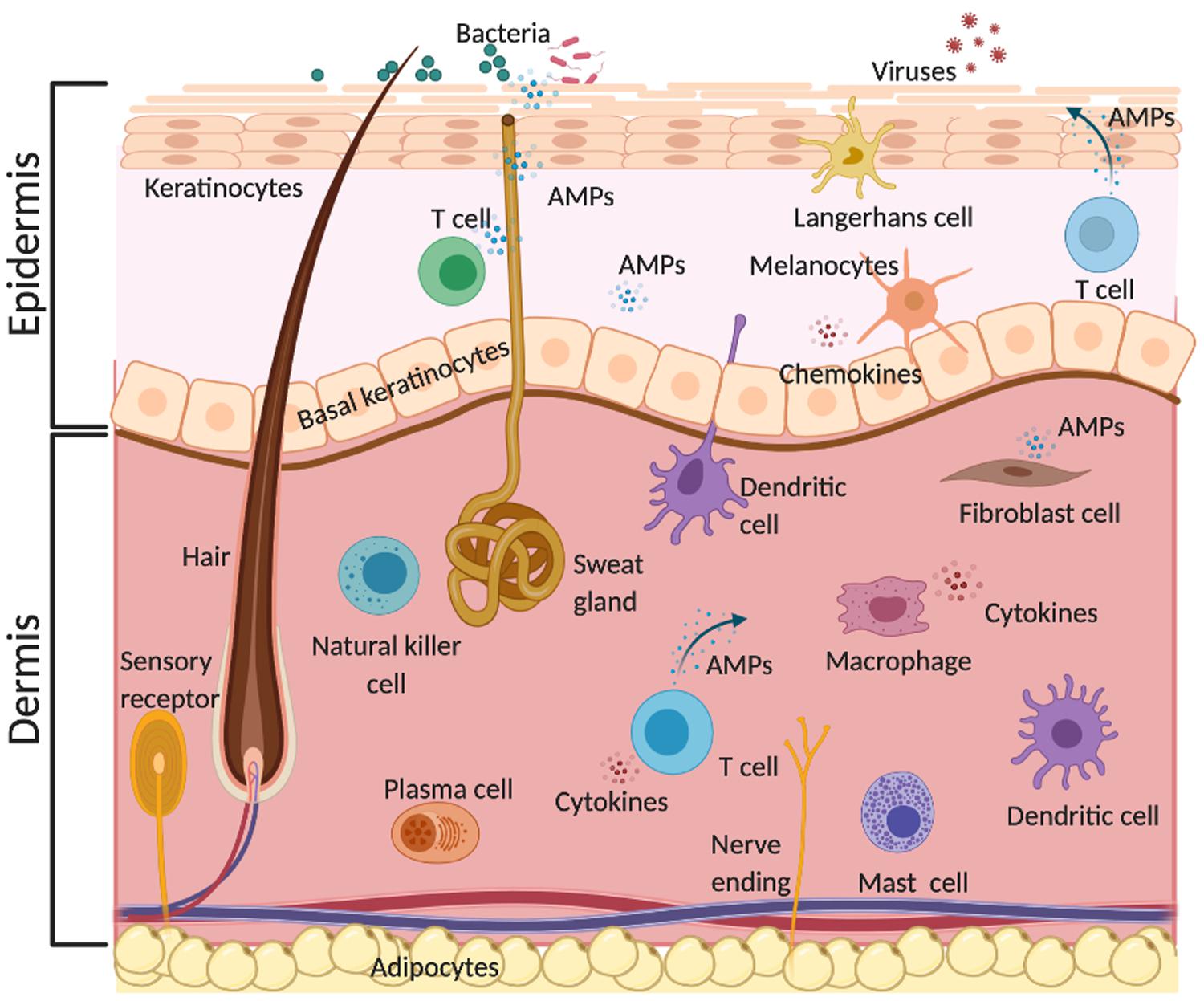

In each case, the linkage shown in blue in the structure of the dipeptide is known as a peptide link. It is possible for this to happen in one of two different ways - so you might get two different dipeptides.

Glycine and alanine can combine together with the elimination of a molecule of water to produce a dipeptide. That means that the two simplest amino acids, glycine and alanine, would be shown as: It is much easier to see what is happening if you do that. However, for drawing the structures of proteins, we usually twist it so that the "R" group sticks out at the side. In chemistry, if you were to draw the structure of a general 2-amino acid, you would probably draw it like this: IB students should ask the advice of their teacher or lecturer. I suspect what is wanted is fairly trivial. Note: Quaternary structure can be very complicated, and I don't know exactly what depth the IB syllabus wants for this (which is why I haven't included it). There is a mention of quaternary structure on the IB chemistry syllabus, but on no other UK-based syllabus at this level. It only applies to proteins consisting of more than one polypeptide chain. This page explains how amino acids combine to make proteins and what is meant by the primary, secondary and tertiary structures of proteins.


 0 kommentar(er)
0 kommentar(er)
